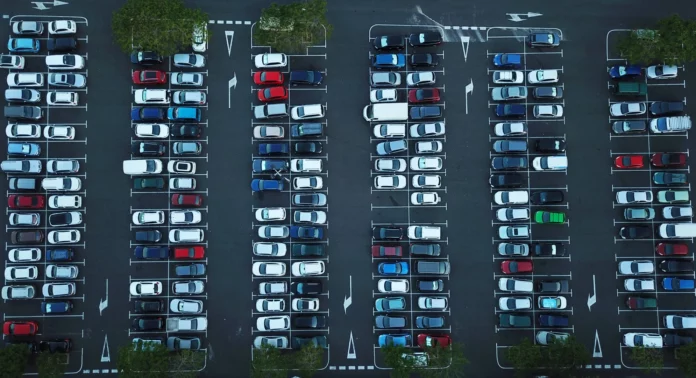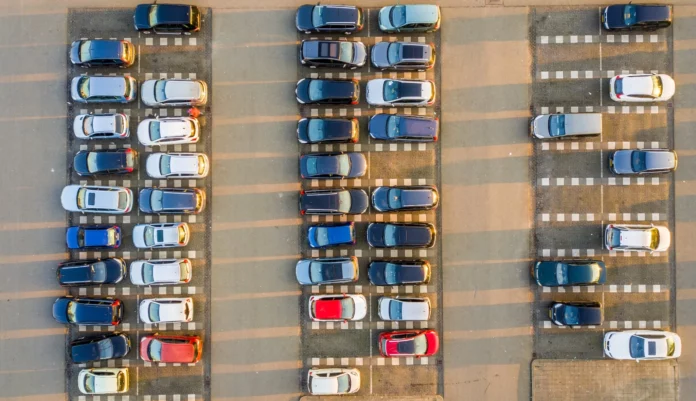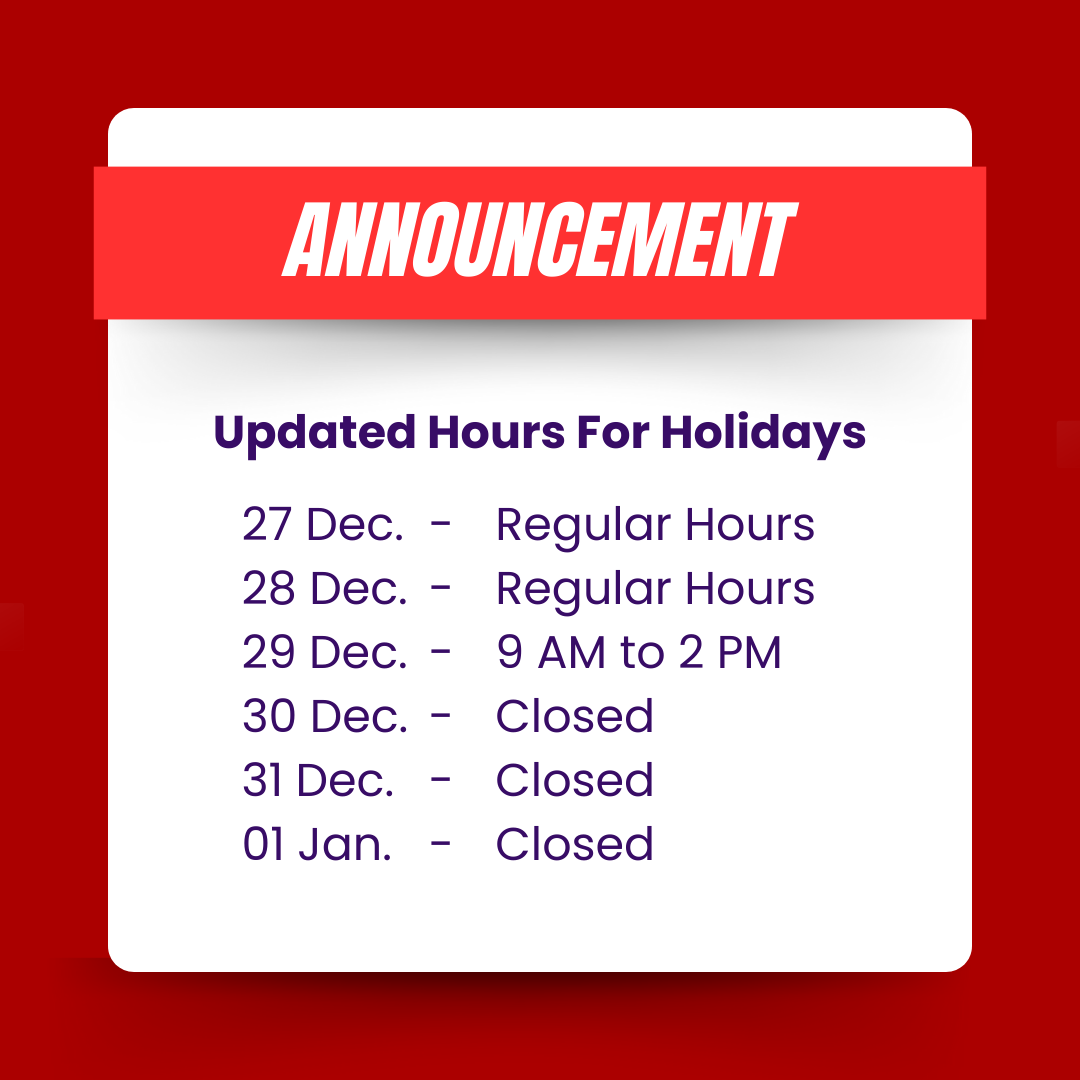Driving can be a stressful experience, and it’s not uncommon to encounter frustrating situations on the road. However, it’s crucial to handle frustration effectively to ensure your safety and the safety of others. In this comprehensive guide, we will explore practical strategies for managing frustration when driving. By understanding the causes of frustration, adopting effective coping mechanisms, and promoting positive driving habits, you can maintain a calm and composed state while navigating challenging situations on the road.
Understanding the Causes of Frustration on the Road
Frustration while driving can stem from various factors, including heavy traffic, aggressive drivers, slow-moving vehicles, unexpected delays, and road construction. Additionally, personal factors such as stress, time pressure, and external circumstances can contribute to feelings of frustration. It’s important to recognize these triggers to address them effectively.
Adopting a Patient and Courteous Mindset
Maintaining a patient and courteous mindset is crucial when dealing with frustration on the road. Remember that everyone is trying to reach their destination, and circumstances beyond their control may contribute to their driving behavior. Practice empathy and give others the benefit of the doubt. Avoid responding with aggression or engaging in confrontations, as these can escalate the situation and jeopardize your safety.
Managing Stress and Emotions
Managing stress and emotions is key to handling frustration while driving. Take proactive steps to reduce stress before getting behind the wheel, such as practicing deep breathing exercises, listening to calming music, or engaging in mindfulness techniques. If you find yourself becoming frustrated while driving, take a moment to assess your emotions and respond in a calm and rational manner. Remind yourself of the importance of safety and the potential consequences of acting out of anger.
Practicing Defensive Driving Techniques
Defensive driving techniques can help minimize frustration and maintain safety on the road. Stay focused on your own driving, anticipate potential hazards, and maintain a safe following distance. Avoid aggressive maneuvers, such as tailgating or excessive lane changing, which can increase frustration for yourself and other drivers. By adopting a defensive driving approach, you can mitigate potential conflicts and contribute to a safer driving environment.
Creating a Positive Driving Environment
Creating a positive driving environment can significantly impact your overall experience on the road. Ensure your vehicle is comfortable and well-maintained, with a clean and organized interior. Play relaxing music or listen to educational podcasts that can help shift your focus from frustration to more positive thoughts. Practice good driving etiquette, such as using turn signals, yielding to other drivers when necessary, and refraining from using offensive gestures.
Conclusion
Handling frustration effectively while driving is crucial for maintaining a safe and enjoyable experience on the road. By understanding the causes of frustration, adopting a patient and courteous mindset, managing stress and emotions, practicing defensive driving techniques, and creating a positive driving environment, you can navigate challenging situations with composure and reduce the likelihood of road rage incidents. Remember, your safety and the safety of others should always be the top priority when behind the wheel.







